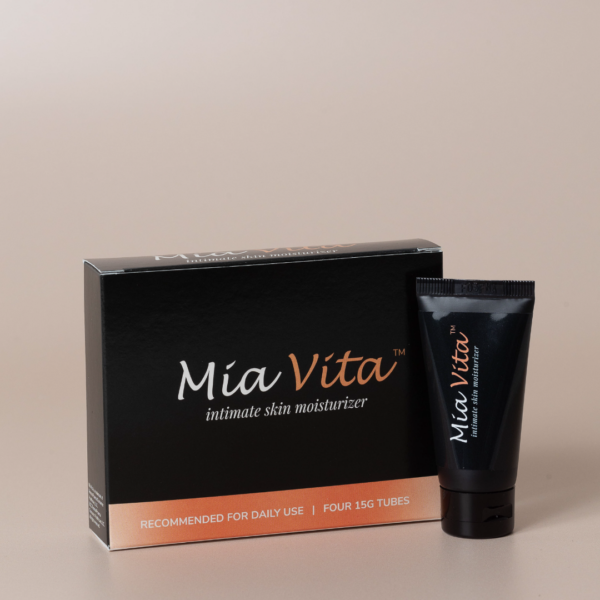
Passing the menopause milestone means no more vaginal infections or similar symptoms, right? Not so fast. Entering the postmenopausal period does change your reproductive system but does not negate common conditions like vaginal infections. In fact, women in perimenopause and postmenopause may find themselves at greater risk for the most common of vaginal infections: bacterial vaginosis.
What is bacterial vaginosis?
Bacterial vaginosis (BV) occurs when your vagina produces too much normal vaginal bacteria. It’s the most common type of vaginitis (vaginal infection) in women ages 15 to 44, according to the Centers for Disease Control (CDC), which amounts to about one in three women.
Throughout your reproductive years, your vagina maintains an acidic environment. That’s thanks to Lactobacillus bacteria, the most prolific bacteria in your vagina that helps keep out unwanted infection by producing lactic acid. But when bacteria overgrows or your vaginal environment becomes less acidic, you’re more at risk for vaginitis.
When you enter perimenopause, your vaginal environment (also known as your microbiome) starts to change. Your estrogen levels decline and vaginal tissue becomes thinner and more sensitive. Lactobacillus bacteria need sufficient estrogen to grow, maintain an acidic environment, and protect your vagina from bad bacteria. When your estrogen levels decrease, so do good vaginal bacteria.
Now, this doesn’t mean women in perimenopause and postmenopause are destined to get BV. But it does mean your risk may be higher for vaginal infections.
What causes bacterial vaginosis?
So, how can you avoid BV? That’s a great question and one researchers are still working to uncover.
Any disruption to your vaginal environment can lead to an overgrowth of bacteria. Gardnerella vaginalis, a type of normal vaginal bacteria, is primarily responsible for instigating the bacterial overgrowth that leads to BV. Up to 50% of women have gardnerella vaginalis at any given time but report no symptoms of BV. Why some women develop BV and others do not remains unknown.
Sexually active people are most at-risk for BV, though BV is not a sexually transmitted infection (STI). Sex can disrupt your acidic vaginal environment and make you more susceptible to infection. Other habits that can increase your risk for BV include douching (washing inside your vagina) and unprotected sex with multiple partners.
Identifying bacterial vaginosis
A “fishy odor” often accompanies bacterial vaginosis along with an increase in gray or white discharge. Some women also report painful urination, pain during sex, and itching around the vulva.
BV can also mimic similar vaginal infections. Yeast infections and BV are often mistaken for one another, but vaginal discharge from a yeast infection has no odor and a thicker consistency.
The best way to confirm BV is by making an appointment with your healthcare provider, who can perform a physical exam and test for infection. BV does clear up on its own in 30% of cases, but leaving it untreated can increase your chance of contracting an STI. However, a majority of women with BV don’t show any symptoms. That’s why it’s important to schedule regular checkups and stay on top of your vaginal health.
What’s the connection between menopause and bacterial vaginosis?
Currently, “there is no standardized recommendation for the diagnosis of BV in postmenopausal women,” states a review from the University of Melbourne, along with “few quality studies on BV prevalence in postmenopausal women.” The studies that designed the two most popular scoring methods and criteria to diagnose BV, one now used as the standard diagnostic criteria, did not even include postmenopausal women.
But bacterial organisms in premenopausal women with BV were absent in postmenopausal women with BV. This presents an extra challenge to diagnose women in menopause with bacterial vaginosis and likely during perimenopause, when women’s hormones fluctuate. Certain symptoms of perimenopause and yeast infections can also mimic BV, which can delay diagnosis. It’s imperative that future studies focus on new diagnostic methods for BV in perimenopausal and postmenopausal women.
How do you treat bacterial vaginosis?
If you contract BV, your healthcare provider will prescribe a round of antibiotics to take orally or vaginally. There is no over-the-counter treatment for BV. Male sexual partners do not require treatment, but female sexual partners should also seek a BV diagnosis and may require treatment.
However, you can take steps to reduce your risk of contracting BV, such as always using a condom and avoiding fragranced soaps in and around your vulva. Probiotics, a mix of good, live bacteria, are also beneficial to improve the health of your vaginal environment and can help keep bad bacteria at bay. Taking a probiotic, either orally or vaginally, may also decrease recurrence of BV.
We understand it can be difficult to discuss your vaginal health, even with a healthcare provider. Some women may feel uncomfortable or that their symptoms are just a normal part of the aging process. Your vaginal health is important at all ages and stages of life. And what impacts your vaginal health often impacts your overall wellbeing. If you need support, consider confiding in a close, trusted friend first or switching to a female healthcare provider.
FemmePharma has been helping women navigate menopause for over two decades. No matter where you are in your journey, you deserve to have knowledgeable, intimate healthcare partners to help you feel your best. Explore our other articles, podcast episodes with women’s health experts, and products to ease your transition into menopause.


